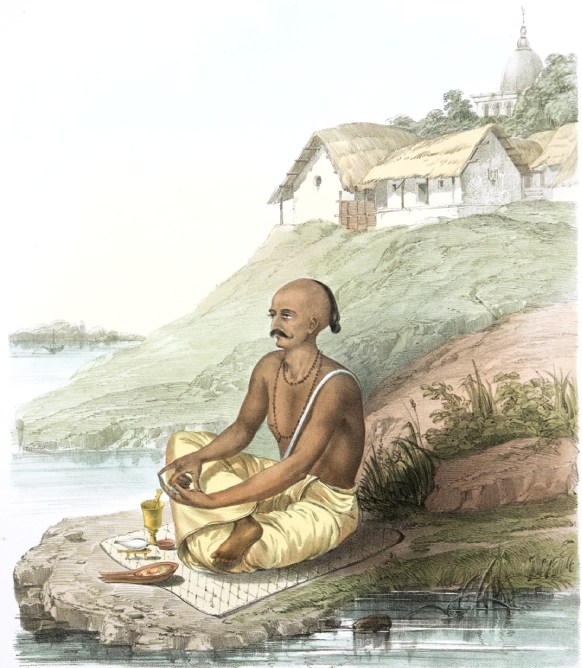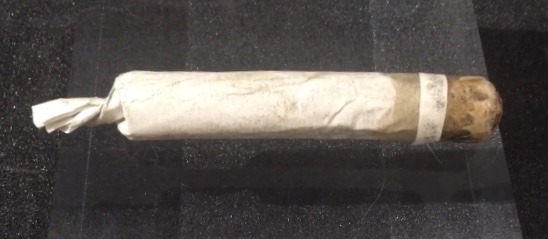There were many reasons why the Indian soldiers rebelled and why they were joined by Indian nobles and civilians. As the British East India Company took control, they introduced various political, economic, and religious changes. They were aware that great changes would cause unrest but many British people believed that their values were superior to those of local Indians. This belief encouraged several pro-British changes, damaging the government’s relationship with its Indian sepoy soldiers and civilians.
The Doctrine of Lapse
Under a policy known as the Doctrine of Lapse, the British East India Company took complete control of several Indian princely states. These states were already partly under Company control. They had entered into subsidiary alliances which allowed the British to intervene in internal affairs.
The Doctrine of Lapse removed the semi-independence of princely states by changing the laws of inheritance. Traditional Indian practices allowed heir-less rulers to appoint or adopt their successors; under the Doctrine, only direct descendants were legitimate heirs. The Doctrine also stated that the Company could declare Indian rulers as incompetent. By doing so, the British could remove them from power, take over, and correct the mismanagement of their lands. For many noble families, this Doctrine was an illegal over-step of British power which needed to be challenged.
The Spread of Christianity
From the 1830s, a desire to make the areas under British control more ‘British’ and more Christian became popular. Educational establishments were created to raise Indian children as British subjects, and Christian scriptures were studied in schools run by missionaries.
The East India Company tried to limit the work of Christian missionaries in their territories, but eventually they yielded to the pressure. The work of missionaries spread the fear that the various Indian religious traditions would be replaced and forcibly stamped out.

Caste and the Army
Changes were also made to the military which affected the caste system. The caste system divided Indian people in society by their wealth, occupation and family status. Contact with someone of a lower caste could lower your own caste position. The majority of sepoys were high caste Hindus, and so they could not eat food prepared by lower castes, nor could they share serving dishes.
Refusing to Bite the Bullet
In 1857 various Indian sepoy regiments in northern India began training drills with the new Enfield rifle-musket. To load it, soldiers bit open a paper casing (the cartridge) which contained gunpowder and a musket ball. Then they poured this contents down the barrel of the gun.

Cartridges were greased with linseed oil or beeswax but rumour spread amongst the sepoys that the grease was animal fat – beef or pork. The use of animal fat was highly offensive to Hindus and Muslims; for Hindus, cows are sacred animals and for Muslims, pig meat is a forbidden food in the Quran. Many high caste Hindus felt that their caste-purity was threatened by biting open these cartridges. And while some officers allowed the sepoys to use their hands to tear the cartridges, this did little to deny the rumours.
Several sepoys were punished for refusing to bite the bullet. In response to their harsh treatment, the rebellion broke out in May of 1857. Sepoys and other Indians in Meerut attacked British troops and civilians, and then marched on Delhi.
Headline Image Courtesy of the National Army Museum, London
